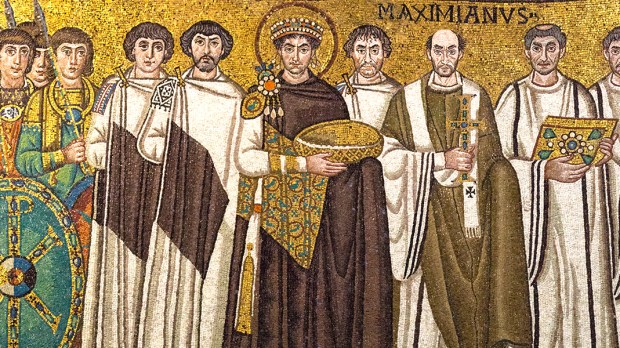Lenten Campaign 2025
This content is free of charge, as are all our articles.
Support us with a donation that is tax-deductible and enable us to continue to reach millions of readers.
A team of experts has unearthed the first known example of a Spanish Byzantine monastery on the Iberian Peninsula. The find, which occurred in the area known as Elda, near the city of Alicante, was conducted by a team from the University of Alicante.
Ola Goroveci of the Greek Reporter explains that the research of the site took about 25 years to complete. This was due to difficulties the team had in identifying the architectural remains, as well as some of the artifacts. What finally tipped the team off was an assortment of Greek coins, which were finally determined to have been minted by Emperor Justinian, of the Byzantine empire.
Remains of first Byzantine Monastery discovered in Spain https://t.co/Cn67y42Bi2pic.twitter.com/A74kYf77YR
— Greek City Times (@greekcitytimes) January 24, 2020
In the 6th century, it was the practice of the Byzantines to maintain a stock of government-minted currency in churches. The coins kept would be for value references and would allow merchants to prove that they were dealing with real currency. The church would guarantee that neither side of a transaction would be cheated. This would also in turn help monitor tax revenues for the government.
Also found at the site was an octagonal base of a marble column, a unique find to this region. Further excavation yielded several small, ceremonial utensils, and also a pyxide, or cylindrical ivory box, that usually featured mythological art on the sides. At Elda, the pyxide features the myth of Hercules.
Antonio Manuel Poveda, lead archaeologist at the site, said of the discoveries:
“These objects constitute the only Hispanic group belonging to the Byzantine Christian ritual in Spain. In addition, North African, Oriental and local ceramic materials have also been documented, dating from the second half of the 6th century.”
The discovery will help to fill in the blanks of what we know of the extent of the Byzantine empire. It was previously known that their borders stretched as far as Spain, but with the discovery of the Monastery at Elda, it leaves some to wonder where else the Byzantines had put down roots. Work at the site is not expected to conclude any time soon.

